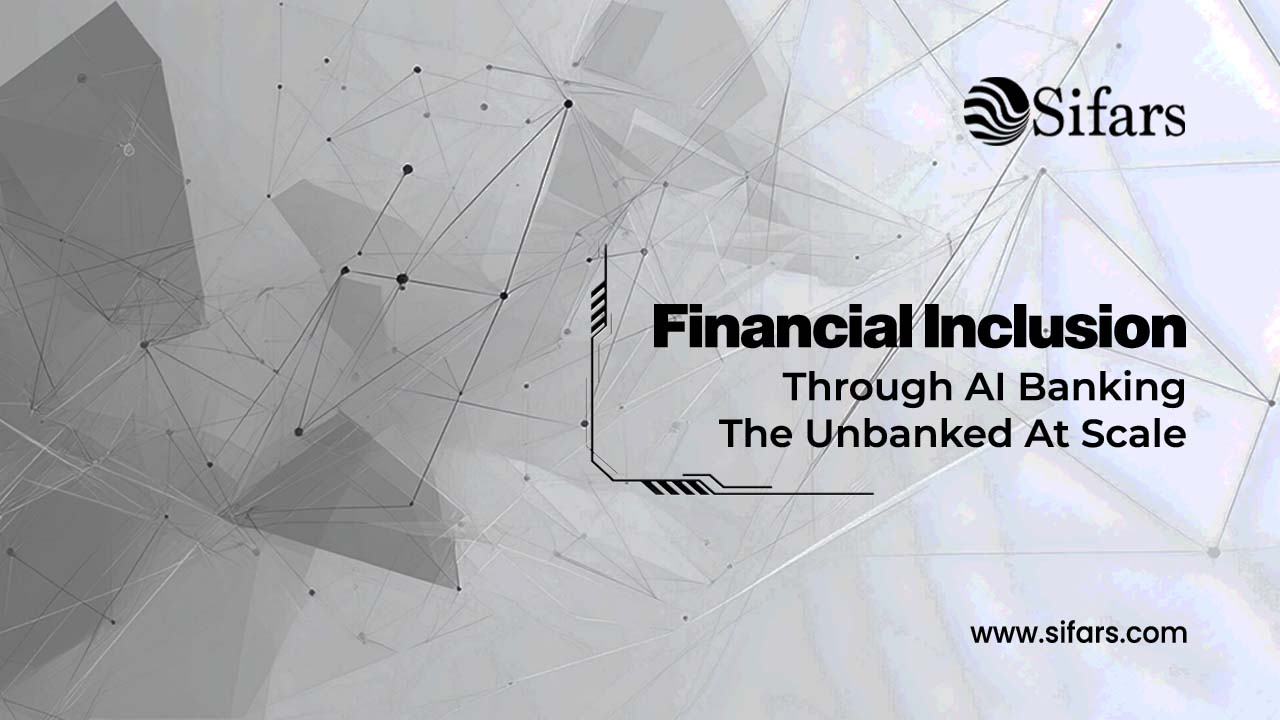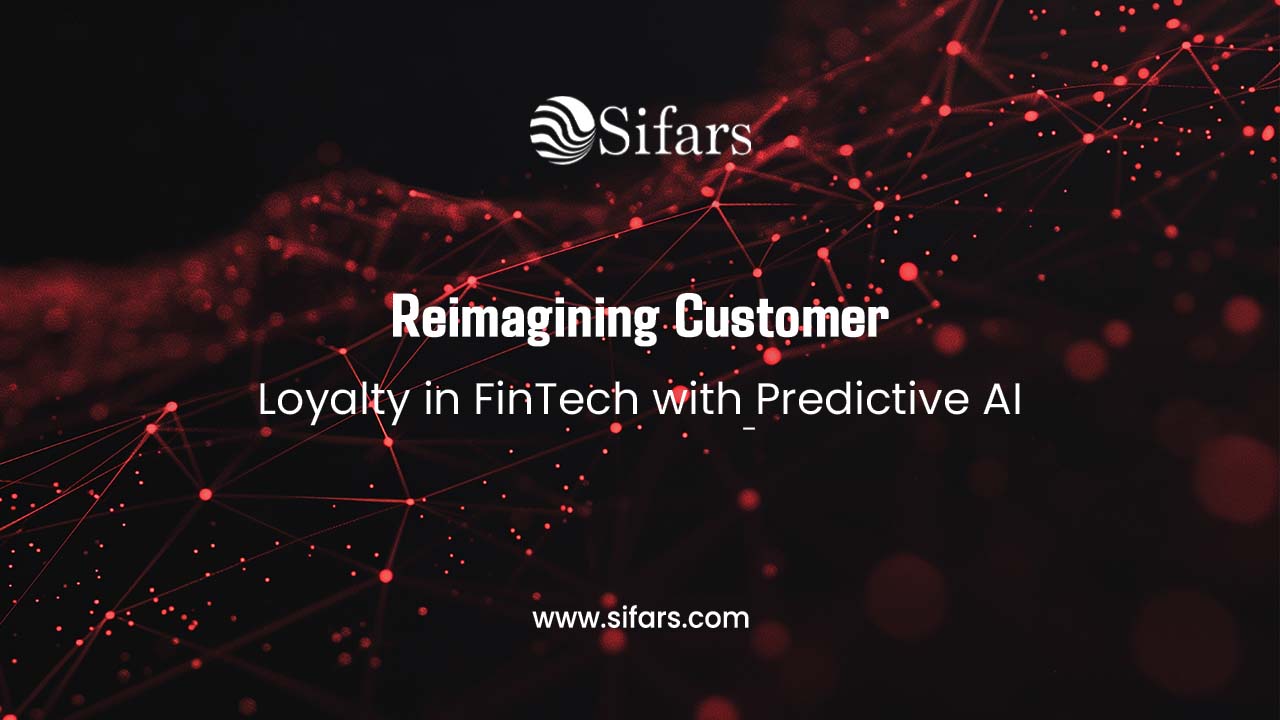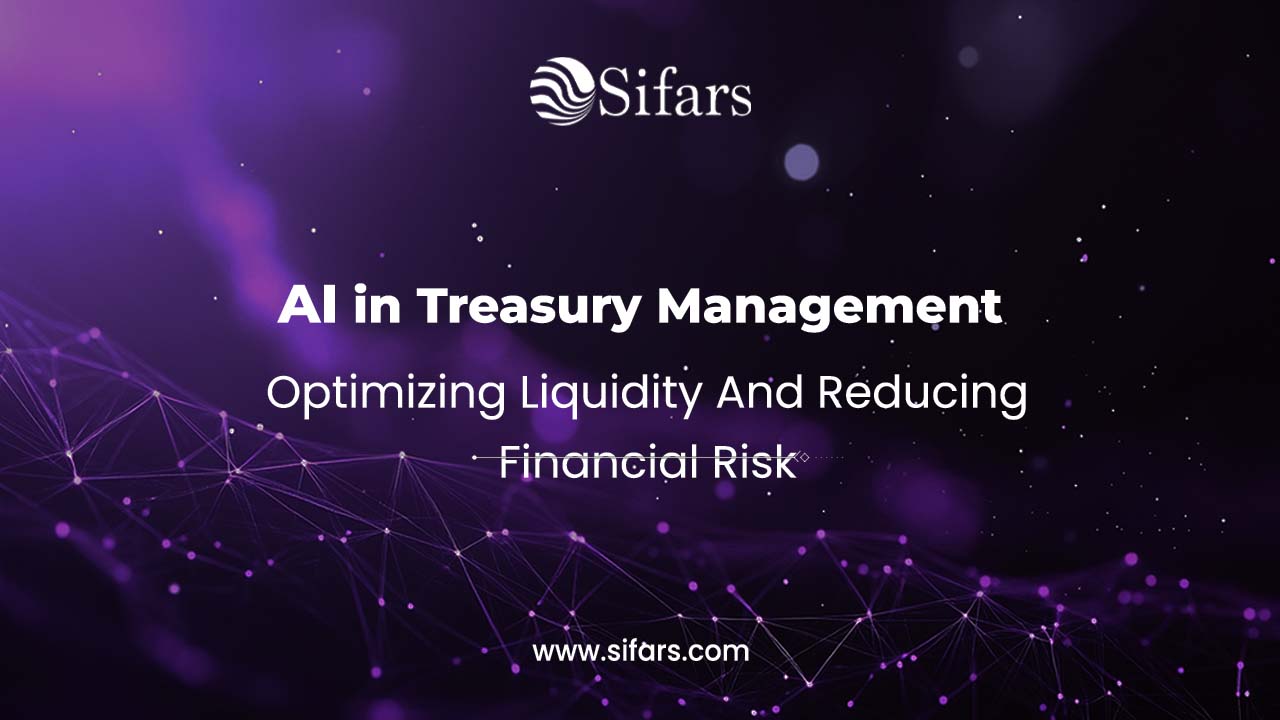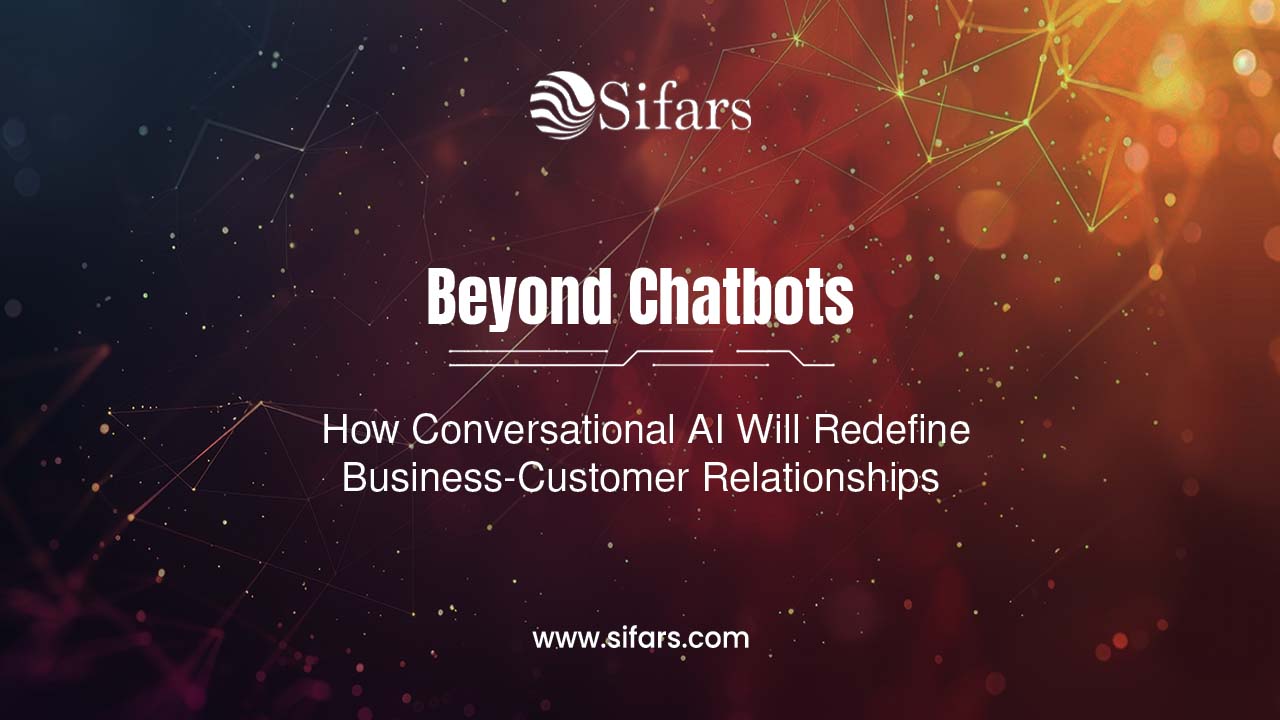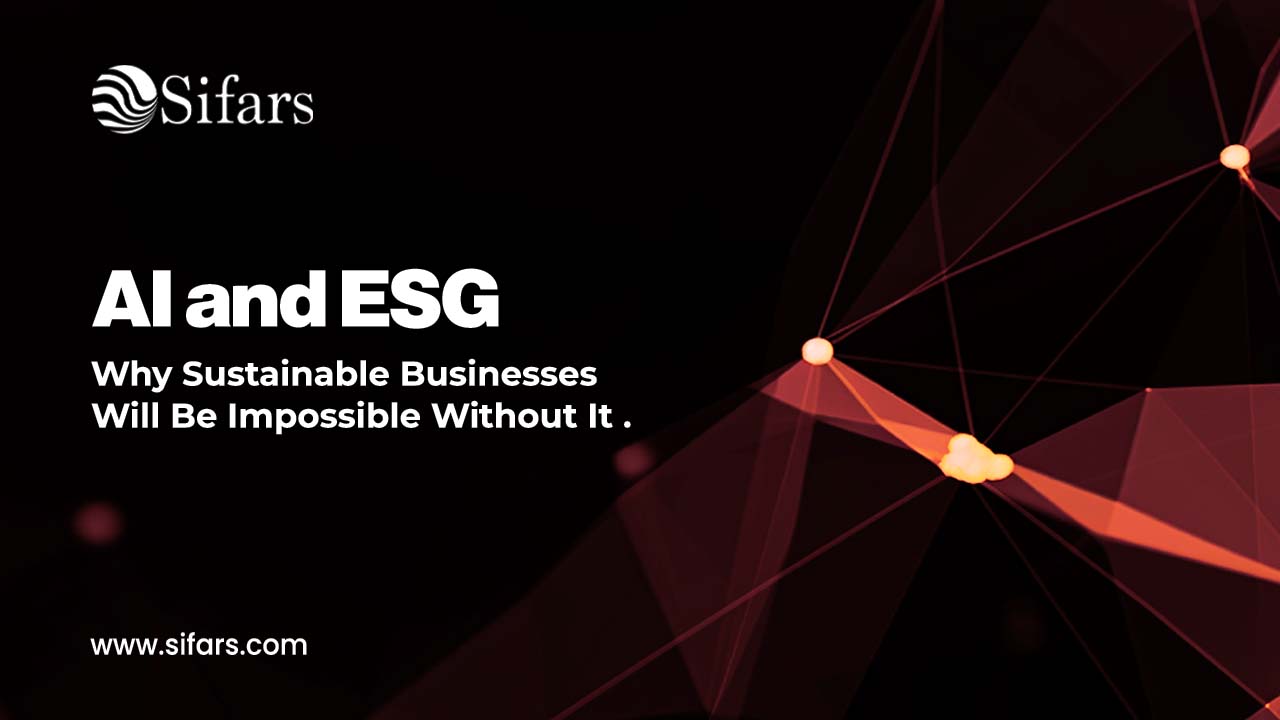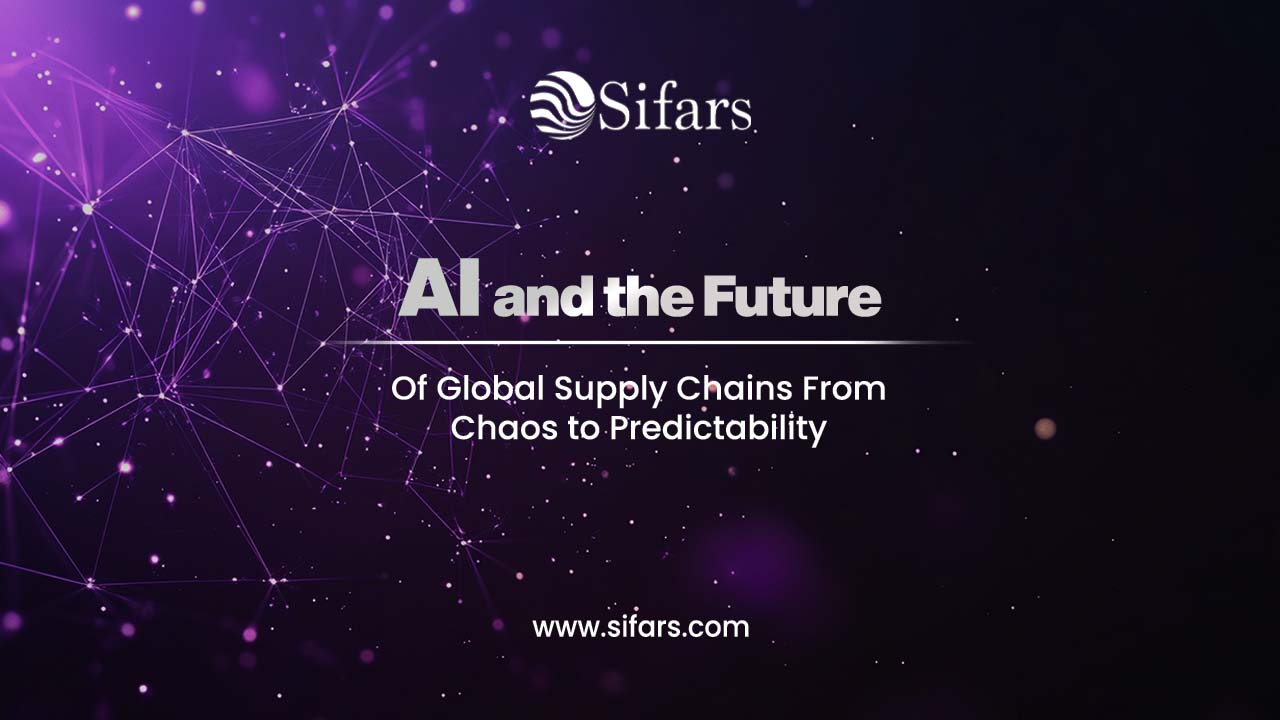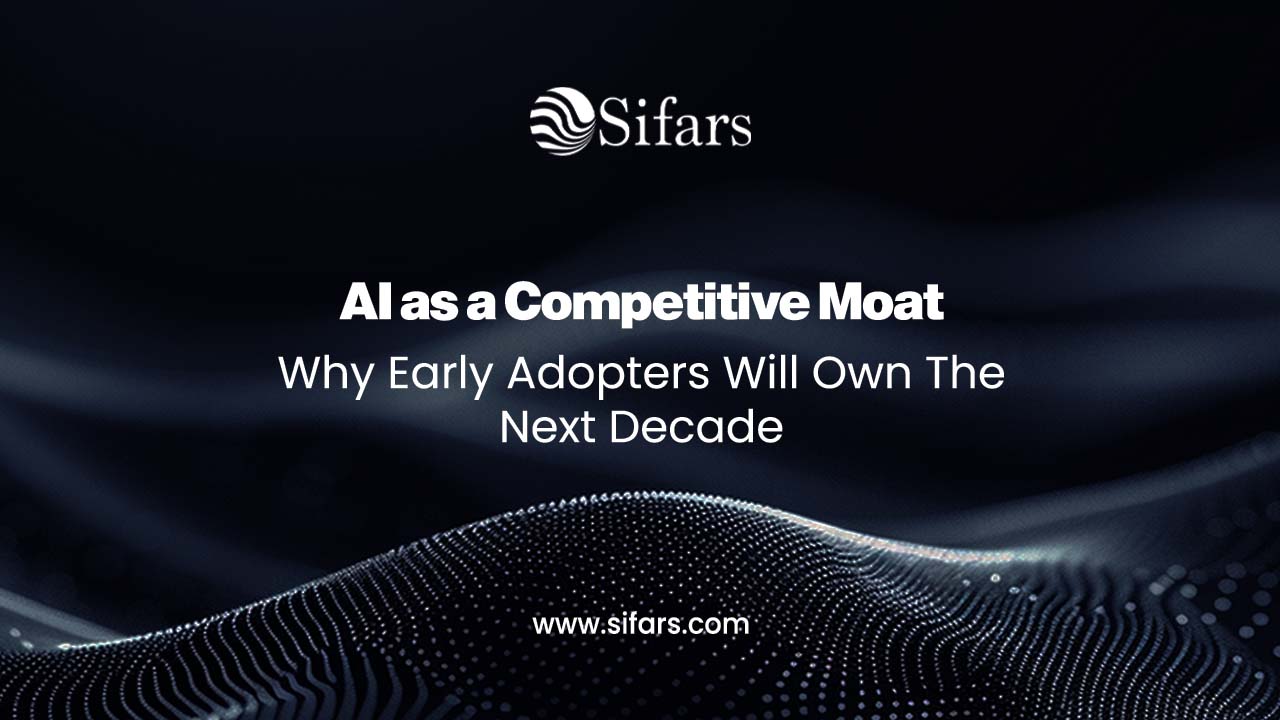A New Era of Banking Access
For decades, billions of people across the globe have lived without access to basic financial services. According to the World Bank, nearly 1.4 billion adults remain unbanked—meaning they lack a bank account, credit history, or access to formal lending. This exclusion limits economic growth, hinders entrepreneurship, and keeps vulnerable populations trapped in cycles of poverty.
But a transformation is underway. Artificial Intelligence (AI) is breaking barriers and reshaping how financial institutions operate. From AI-driven credit scoring models to automated customer support systems, technology is not only improving efficiency for banks but also creating pathways for financial inclusion at scale.
At the heart of this shift lies the potential of AI solutions for businesses—particularly in FinTech—to extend banking services to the unbanked, improve accessibility, and reduce risk. Companies that embrace artificial intelligence services and AI consulting are not only optimizing profitability but also enabling social impact by bridging the financial divide.
This blog explores how AI is revolutionizing financial inclusion, real-world applications, challenges, and how companies like Sifars help organizations leverage business automation with AI to make financial services accessible, fair, and scalable.
The Global Challenge of Financial Exclusion
Financial exclusion is not a problem limited to low-income economies. Even in developed nations, large groups remain unbanked or underbanked. The primary challenges include:
- Geographic barriers – Rural populations often lack physical bank branches.
- Lack of documentation – Traditional KYC (Know Your Customer) requirements exclude individuals without formal IDs.
- Credit invisibility – People without credit histories cannot access loans despite being creditworthy.
- High transaction costs – For banks, serving low-income populations has traditionally been unprofitable.
- Financial illiteracy – Many people remain unaware of banking products or distrust formal institutions.
Traditional banking models fail to address these barriers efficiently. But AI for businesses in finance is rewriting the rules.
How AI is Driving Financial Inclusion at Scale
1. AI-Powered Credit Scoring
Traditional credit scoring depends heavily on documented income, collateral, and past borrowing history. This model excludes millions who operate in cash economies or lack formal employment.
AI solutions now make it possible to assess creditworthiness using alternative data sources such as:
- Mobile phone usage patterns
- Social media behavior
- Utility bill payments
- Transactional history from digital wallets
By analyzing thousands of non-traditional data points, AI consulting firms help banks reduce lending risks while expanding credit to underserved populations.
Example: Companies like Tala and Branch use AI-driven scoring models to offer microloans to millions of unbanked individuals across Africa and Asia.
2. Business Automation with AI in Onboarding
Lengthy paperwork and identity verification processes discourage potential customers. Business automation with AI simplifies onboarding by:
- Using facial recognition and biometrics for instant identity verification.
- Automating document scanning with natural language processing (NLP).
- Providing multilingual AI-powered chatbots for guidance.
This not only improves customer experience but also reduces compliance costs for financial institutions.
3. Conversational AI for Financial Literacy
Financial literacy remains one of the biggest hurdles to inclusion. AI-powered conversational assistants and chatbots help bridge this gap by:
- Delivering personalized financial education in local languages.
- Offering 24/7 customer support.
- Recommending products tailored to customer needs.
For example, a farmer in India can receive AI-driven SMS updates on loan eligibility, repayment reminders, and insurance schemes in their regional language—something impossible at scale without AI solutions.
4. Fraud Detection and Risk Management
Expanding financial access to new populations requires advanced fraud detection mechanisms. Traditional rule-based systems often generate false positives, frustrating legitimate customers.
AI-powered fraud detection uses:
- Real-time anomaly detection across transactions.
- Predictive analytics to identify fraud before it happens.
- Continuous learning to adapt to evolving fraud patterns.
This ensures that financial services remain secure while serving unbanked customers—instilling trust in first-time users.
5. Personalization in Banking Services
One-size-fits-all banking does not work in emerging markets. Artificial intelligence services allow institutions to:
- Personalize loan products.
- Suggest savings plans based on behavior.
- Design micro-insurance tailored to individuals.
By offering relevant solutions, financial institutions increase adoption rates while building long-term loyalty.
Real-World Examples of AI in Financial Inclusion
- Kenya’s M-Pesa – A mobile-based financial platform that uses AI algorithms to provide microloans and financial planning to millions of users.
- India’s Jan Dhan Yojana + AI-driven FinTechs – The combination of government-backed bank accounts and AI-driven micro-lending platforms has helped bring millions into formal finance.
- Brazil’s Nubank – Uses AI-powered automation to manage customer interactions and extend credit to underbanked populations.
- Philippines-based FinTech Startups – Leveraging AI consulting to analyze mobile usage data for offering inclusive financial services.
These examples highlight how AI for businesses is transforming economies by banking the unbanked.
The Economic and Social Impact of AI-Driven Inclusion
Economic Benefits
- Increased GDP growth by expanding participation in financial systems.
- Empowerment of small businesses and entrepreneurs.
- More efficient allocation of capital through AI-powered insights.
Social Benefits
- Improved access to healthcare, education, and housing through credit.
- Women’s empowerment by enabling financial independence.
- Reduced reliance on informal lenders who often exploit vulnerable borrowers.
By bridging financial gaps, AI solutions don’t just create profit—they foster sustainable social progress.
Challenges in Implementing AI for Financial Inclusion
Despite its promise, several challenges remain:
- Data Privacy Concerns – Collecting and analyzing alternative data raises privacy and ethical concerns.
- Algorithmic Bias – Poorly designed AI models may reinforce discrimination instead of solving it.
- Digital Divide – Limited internet access in some regions hampers adoption.
- Regulatory Hurdles – Many regulators are still adapting frameworks for AI in financial services.
- Trust Deficit – First-time users may hesitate to rely on AI-driven platforms.
To overcome these, businesses must invest in AI consulting services that ensure compliance, fairness, and explainability.
The Role of Sifars in Driving Financial Inclusion
At Sifars, we believe AI is more than technology—it’s a catalyst for social transformation. Our expertise in:
- AI solutions for businesses
- Artificial intelligence services tailored to finance
- Business automation with AI
- End-to-end AI consulting
helps financial institutions design inclusive strategies that serve both profitability and social good.
Whether it’s building predictive credit models, automating onboarding, or deploying AI-driven customer support, Sifars enables businesses to bridge the gap between financial exclusion and opportunity.
Actionable Steps for Businesses Looking to Bank the Unbanked
- Adopt AI-Driven Credit Scoring – Move beyond traditional credit metrics.
- Invest in Business Automation with AI – Streamline onboarding and reduce compliance costs.
- Deploy Conversational AI Tools – Educate and engage new customers in local languages.
- Partner with AI Consulting Firms – Ensure responsible AI adoption aligned with regulatory frameworks.
- Focus on Data Security and Ethics – Build trust through transparent practices.
These steps not only accelerate financial inclusion but also create a sustainable business model for the long term.
The Future: AI-Powered Inclusive Banking
Looking ahead, AI in financial services will play a central role in:
- Enabling cashless economies in emerging markets.
- Scaling micro-lending and insurance.
- Facilitating cross-border financial inclusion through AI-powered blockchain integration.
- Using predictive analytics to design community-focused financial products.
By 2030, AI-powered platforms could bring hundreds of millions more into the global financial system, driving both profitability and equity.
From Exclusion to Empowerment
Financial inclusion is no longer an aspirational goal—it’s a necessity for sustainable growth. With the help of AI solutions, businesses can bank the unbanked, optimize efficiency, and reduce financial risk while fostering social transformation.
For decision-makers, the message is clear: AI is not just a technological advantage; it’s a competitive and ethical imperative.
At Sifars, we partner with organizations to deploy artificial intelligence services that solve real-world problems and unlock opportunities for inclusive growth. If you’re ready to explore how business automation with AI can accelerate financial inclusion at scale, our AI consulting experts are here to help.
